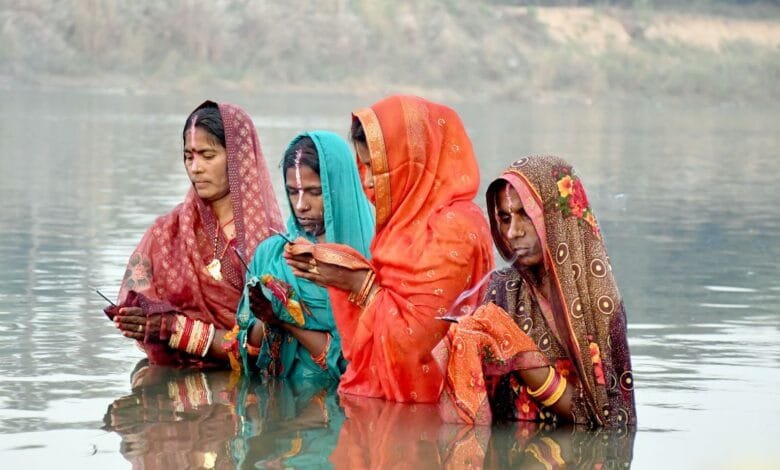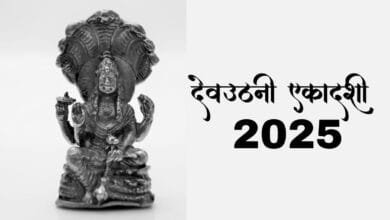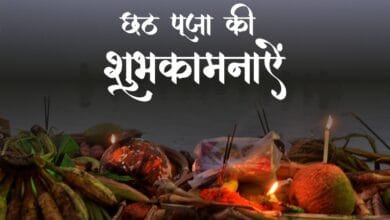The Story Behind Chhath : Ancient Rituals and Eternal Devotion

The pre-dawn darkness breaks with a sight that has repeated itself for millennia—thousands of devotees standing waist-deep in rivers, their hands raised toward the rising sun, offering prayers that transcend time itself. This is Chhath Puja, one of the most ancient and rigorous festivals still practiced in India today.
The Vedic Roots
Chhath Puja is believed to date back to the Vedic period, making it one of the oldest surviving Hindu festivals. The word “Chhath” derives from “Shashthi,” meaning the sixth day, as the main rituals occur on the sixth day of the lunar month of Kartik (October-November). Unlike many Hindu festivals that involve elaborate temple ceremonies or idol worship, Chhath is remarkably direct—it’s a festival where devotees worship the Sun God (Surya) and his consort Chhathi Maiya (Shashthi Devi) without any intermediary priests.
This festival holds special significance in Bihar, Jharkhand, and parts of Uttar Pradesh, though its observance has spread wherever people from these regions have migrated, creating beautiful scenes of devotion from Mumbai’s beaches to distant shores abroad.
The Legendary Origins
Several captivating legends surround Chhath’s origins, each adding layers of meaning to this profound festival.
The Mahabharata Connection
Perhaps the most famous legend connects Chhath to the Pandavas and Draupadi. After losing their kingdom in a game of dice, the Pandavas faced immense hardships during their exile. It is said that Draupadi, guided by the sage Dhaumya, performed the Chhath rituals to seek blessings from the Sun God. Her devotion and rigorous observance helped the Pandavas overcome their difficulties and eventually reclaim their kingdom. This story underscores Chhath’s reputation as a festival that helps devotees overcome obstacles and fulfill their wishes.
Karna’s Eternal Gratitude
Another beloved legend involves Karna, the tragic hero of the Mahabharata and son of Surya. Born to Kunti before her marriage, Karna was abandoned and raised by a charioteer. Despite his difficult circumstances, Karna remained devoted to his father, the Sun God. It is believed that Karna was among the first to perform the rituals of standing in water and offering prayers to the setting and rising sun—practices that remain central to Chhath today. His story adds a poignant dimension of filial devotion and gratitude to the festival.
Lord Rama’s Return to Ayodhya
Some traditions link Chhath to Lord Rama and Sita, who are said to have observed a fast and performed sun worship upon returning to Ayodhya after their 14-year exile. This connection weaves Chhath into the broader tapestry of Hindu mythology and gives it additional significance as a homecoming celebration.
The Spiritual Significance
At its core, Chhath is a festival of thanksgiving and petition. Devotees, called “vratis,” thank Surya Dev for sustaining life on earth and request his blessings for prosperity, health, and well-being. The Sun is seen not just as a celestial body but as the source of all energy, healing, and life force.
Chhathi Maiya, believed to be the sixth form of Prakriti (nature) and the sister of Surya, is worshipped for the protection of children and family welfare. This feminine divine energy adds a nurturing dimension to the festival’s solar worship.
The Rigorous Ritual
What makes Chhath truly extraordinary is its demanding nature. The festival spans four days, each with specific rituals:
Day 1 – Nahay Khay: Devotees take a holy dip and prepare a simple sattvic meal.
Day 2 – Kharna: A day-long fast is broken after sunset with a meal of jaggery kheer and roti, after which a 36-hour fast begins—without even water.
Day 3 – Sandhya Arghya: This is the main evening when devotees stand in water to offer prayers to the setting sun, presenting elaborate offerings of fruits and thekua (a traditional sweet) in bamboo baskets.
Day 4 – Usha Arghya: Before sunrise, devotees return to the water to offer prayers to the rising sun, marking the completion of the fast.
This waterless fast, performed while standing for hours in cold river water, demonstrates extraordinary devotion and physical endurance. Women predominantly observe this fast, though men participate too, showcasing remarkable willpower and faith.
A Festival of Purity and Equality – Chhath Puja
Chhath carries unique characteristics that set it apart from other Hindu festivals. There’s no idol worship, no elaborate temple ceremonies, and no requirement for priests. This direct communion with nature and the divine emphasizes the festival’s Vedic purity and democratic spirit—rich and poor stand together in the same water, offering the same prayers.
The festival also emphasizes environmental consciousness. Devotees clean the riverbanks before the celebrations, and offerings are made with natural, biodegradable materials. This ecological awareness, embedded in ancient practices, feels remarkably relevant today.
The Living Tradition
Today, Chhath has become a powerful symbol of cultural identity for people from Bihar and surrounding regions. When devotees gather at the Yamuna ghats in Delhi, the Arabian Sea in Mumbai, or makeshift ponds created by diaspora communities abroad, they’re not just performing rituals—they’re keeping alive a connection to their roots, to ancient stories, and to a way of worshipping that has survived unchanged for thousands of years.
The sight of hundreds of diyas floating on water at dusk, the folk songs that echo across riverbanks, the offerings held high as the sun touches the horizon—these images capture something timeless about human devotion and our eternal relationship with the natural world.
Chhath is more than a festival; it’s a living bridge between mythology and reality, between ancient wisdom and contemporary practice. Whether you see in it the determination of Draupadi, the devotion of Karna, or simply the gratitude of millions toward the life-giving sun, Chhath reminds us of our fundamental connection to nature and the divine.
In an age of rapid change and technological advancement, watching devotees stand in rivers at dawn, continuing rituals that their ancestors performed centuries ago, offers something profound—a reminder that some forms of devotion, some expressions of gratitude, remain eternally relevant. The story behind Chhath is ultimately not just about gods and legends, but about human faith, endurance, and the timeless practice of giving thanks for the light that sustains all life.
Discover more from Sanatan Roots
Subscribe to get the latest posts sent to your email.




3 Comments